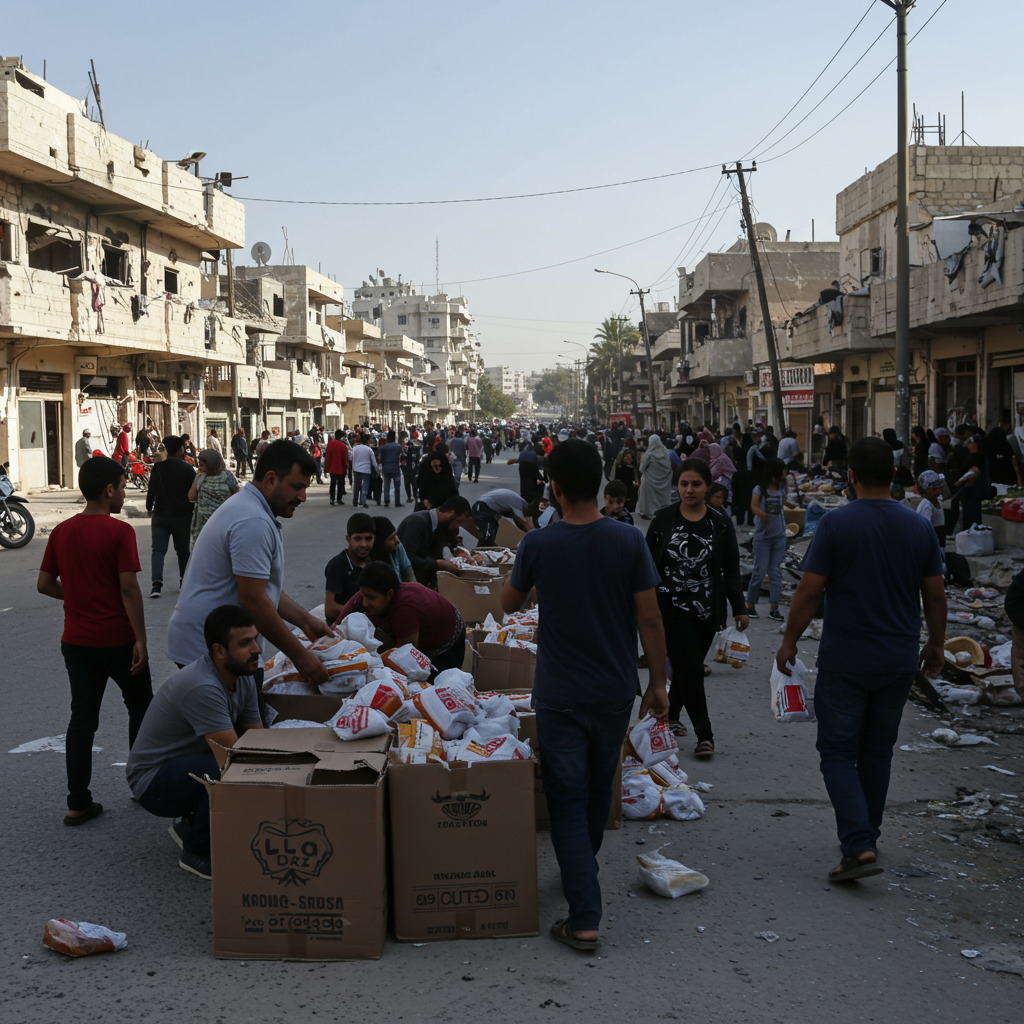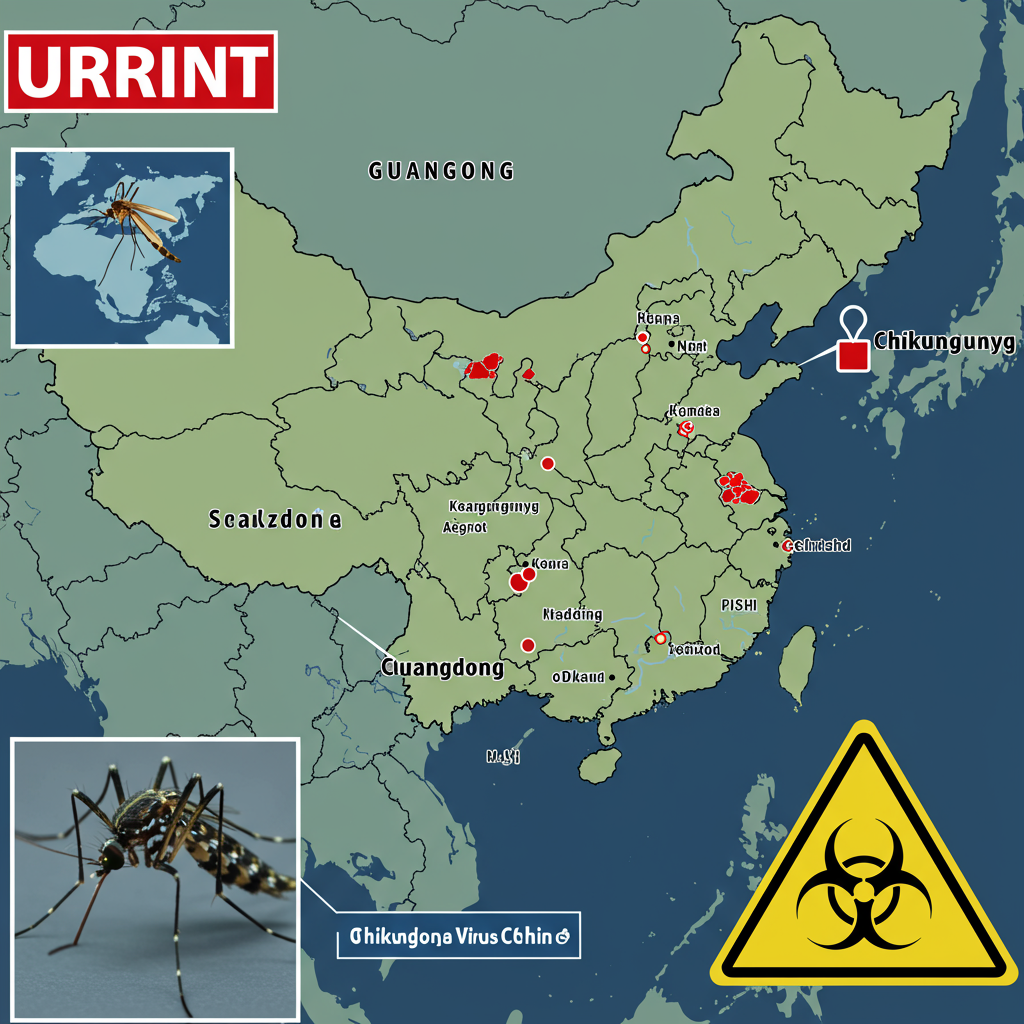Even as Israel reportedly shifts its primary military and strategic focus towards its escalating conflict with Iran, the humanitarian catastrophe in Gaza continues to worsen. The territory faces a mounting death toll and deepening hunger, with scores killed in recent attacks while desperately trying to access food aid.
Reports from Israeli media, citing security officials, suggest a significant reallocation of resources, with the military viewing the Gaza conflict as secondary to the emerging front with Iran. This has led to a planned reduction in troops inside Gaza by more than half to bolster forces near the borders with Syria and Jordan. While fewer Israeli airstrikes have been noted recently, the violence against civilians, particularly those seeking survival essentials, remains deadly.
Deadly Search for Survival
The most acute tragedy unfolded recently, marking one of the deadliest single incidents for Palestinians attempting to reach food distribution sites in weeks. On Tuesday in Khan Younis, southern Gaza, a large crowd had gathered, anticipating the arrival of trucks carrying flour. According to health officials in Gaza and witness accounts, Israeli military drones and artillery fired onto the crowd.
This attack resulted in at least 59 deaths and wounded over 200 people on Tuesday alone, with a significant majority – at least 45 deaths – occurring at the Khan Younis intersection where people waited for aid. Survivors described scenes of chaos and horror. One witness, Salim Saigaly, a 32-year-old teacher who walked for hours and slept overnight hoping to get flour for his starving children, recounted narrowly escaping the attack, saying “pieces of human flesh and bones” fell around him amidst widespread death. Another Palestinian, Ibrahim Rajab, shared the grief of his son-in-law being killed while seeking flour for his family.
A Pattern of Violence Against Aid Seekers
These incidents are not isolated. According to Gaza’s Health Ministry, Israeli attacks on Palestinians trying to reach food aid have resulted in a staggering toll since late March. More than 400 people have reportedly been killed and over 3,000 injured in such incidents since March 27. Over just the past three weeks, health authorities report at least 300 deaths and more than 2,600 injuries among those attempting to access food aid across the territory. These casualties are part of the overall reported death toll from the war, which now exceeds 55,500.
Israel maintains that its restrictions on aid and its continued blockade are necessary to prevent assistance from benefiting Hamas, which it considers an Iranian proxy group.
Mounting Hunger, Strain on Hospitals
The severe restrictions on aid have plunged Gaza into an unprecedented hunger crisis. A report by independent hunger experts indicates that half a million people in Gaza are now starving, with the entire territory at severe risk of famine. The United Nations warns of a potential “plunge into famine” under near-total blockade conditions.
This humanitarian crisis is further straining the few remaining healthcare facilities. The dead and wounded from the Khan Younis attack were brought to Nasser Hospital, currently the largest and last functioning hospital in the area. Despite being previously bombed and raided, the hospital was already past capacity. With only six operating rooms, it was treating hundreds of patients, including around 50 in intensive care from recent similar incidents involving troops firing on crowds seeking food. Doctors Without Borders staff there reported needing to evacuate the maternity ward to make space for the influx of injured, many requiring amputations. The group warned the hospital was operating with limited supplies and “could collapse at any moment.”
Challenges of Aid Delivery
Aid delivery remains fraught with difficulty. The U.N. says that even when aid trucks manage to enter Gaza, most of the aid is taken by desperate crowds before it can reach warehouses.
Recently, new food distribution sites were established by Israel’s military, run by U.S. contractors and a company called the Gaza Humanitarian Foundation (GHF). While Israel says its forces have fired warning shots at crowds in these areas, incidents near these sites have also resulted in mass casualties. A Red Cross Field Hospital reported receiving over 170 people wounded by gunshots attempting to access one GHF site on one day, and another 200 the next, with additional casualties reported on Tuesday.
These GHF sites are located in military red zones and operate erratically, drawing thousands of Palestinians daily into designated off-limits areas where Israeli troops are positioned. The GHF acknowledged that desperation creates hazardous conditions but stated they are trying to provide food quickly. However, a U.N. spokesperson sharply criticized the new system, stating it “needs to be stopped” because it is clearly not working and is leading to mass casualties.
Amidst the broader regional tensions and the strategic shift towards confronting Iran, the grim reality on the ground for civilians in Gaza remains dire. The desperate search for food continues to be a life-threatening endeavor as the humanitarian crisis deepens.




